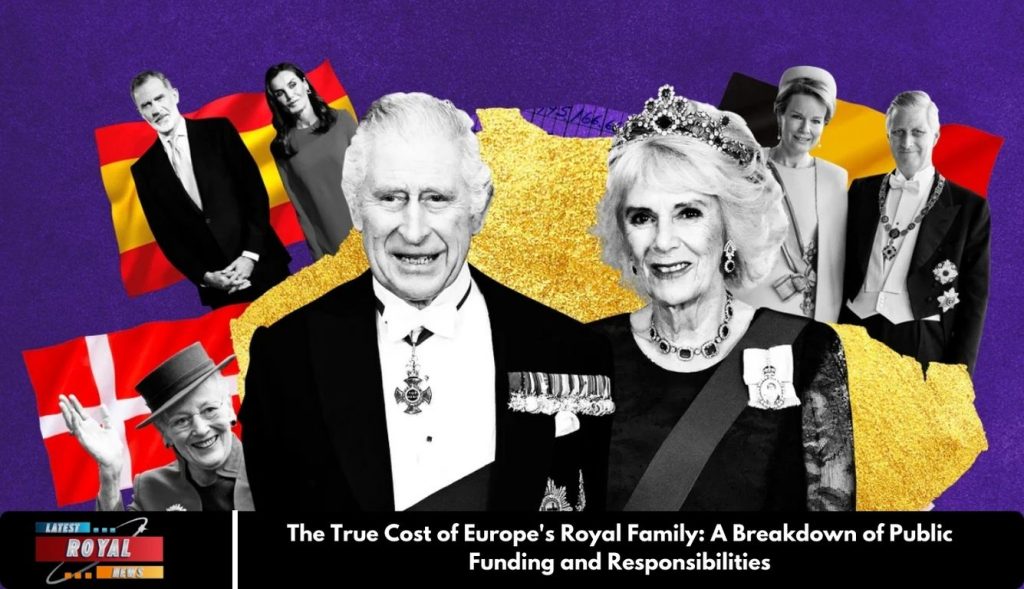In Europe, royal families have long been symbols of tradition, wealth, and power. However, the modern era has brought about significant changes in the way these families operate and how they are funded. While many European monarchies still receive public money to cover their duties, the level of financial support and the responsibilities of each royal family can vary widely. In some countries, a select few members of the royal family are supported entirely by taxpayer funds, while others have seen a reduction in their royal ranks, with many expected to pursue their own careers.
As the debate surrounding royal funding intensifies, it’s important to understand just how much it costs to maintain these dynasties. In this article, we will explore the financials behind Europe’s most prominent royal families, shedding light on their funding sources, the full-time royals, and how much of the taxpayer’s money goes into supporting these institutions. From the United Kingdom to Liechtenstein, each country has its own unique approach to funding royalty, and the figures behind their lavish lifestyles may surprise you.
The British Royal Family
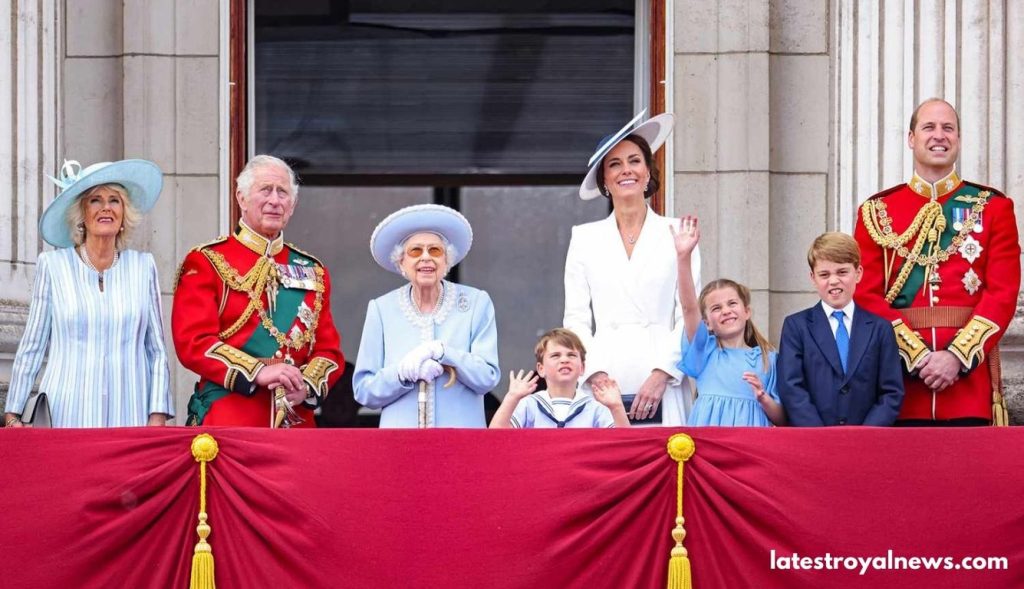
Sovereign Grant and Financial Management
The British royal family is one of the most well-known and wealthiest royal families in Europe. With numerous full-time members of the royal family, the monarchy requires substantial funding to maintain its operations. According to the British government’s Sovereign Grant, the monarchy received £82.2 million ($103 million) in the 2018-2019 fiscal year. This substantial sum covers not only the personal expenses of the royals but also the maintenance of royal estates, including the significant renovation costs of Buckingham Palace, a project expected to take ten years.
Key Members and Financial Contributions
The “Firm,” as the British royal family is often called, consists of several full-time members, including Queen Elizabeth II, Prince Charles, the Duke and Duchess of Cambridge, and several cousins and extended family members. However, in recent years, the number of full-time working royals has decreased. Prince Andrew, for example, stepped down from public duties in 2019 due to his controversial ties with convicted sex offender Jeffrey Epstein, while Prince Harry and Meghan Markle also chose to step back from royal duties in 2020. As a result, the number of royals fully funded by the Sovereign Grant has now been reduced to 14 adults.
Income from Outside Sources
Beyond the Sovereign Grant, several members of the royal family also have independent sources of income. For example, Princess Beatrice and Princess Eugenie work in various sectors, such as technology and art galleries. Similarly, Zara Tindall, the daughter of Princess Anne, is a successful equestrian. These royals are expected to financially support themselves, demonstrating the growing trend of royals working outside their ceremonial roles.
Monaco’s Royal Family
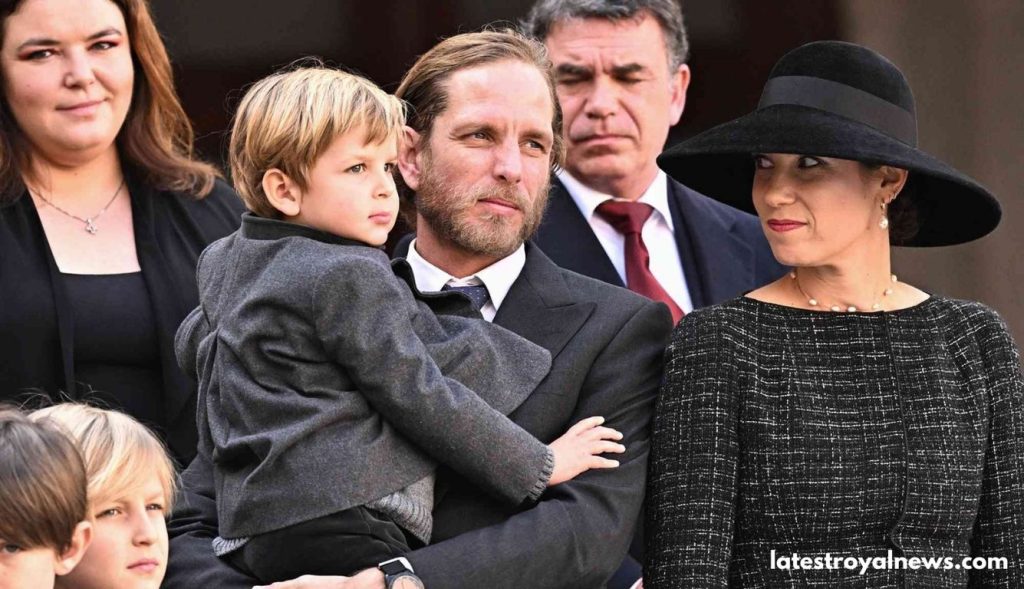
Overview of Monaco’s Financial Structure
Monaco’s royal family, led by Prince Albert II, has a much smaller annual budget in comparison to the British monarchy. In 2020, the principality allocated $54.4 million for its royal family, of which $14.6 million went directly to Prince Albert II. The rest was used for maintaining the palace and funding administrative tasks.
Key Family Members and Their Roles
Prince Albert II and his wife, Princess Charlene, are full-time royals, as are Prince Albert’s sisters, Princess Caroline and Princess Stephanie. Monaco’s monarchy is unique in that it also includes two children of Prince Albert from his marriage to Charlene, with Prince Jacques poised to inherit the throne. Despite the family’s relatively small budget, Monaco’s royal household plays a significant role in promoting the principality as a glamorous and prestigious destination for high-net-worth individuals.
The Dutch Royal Family
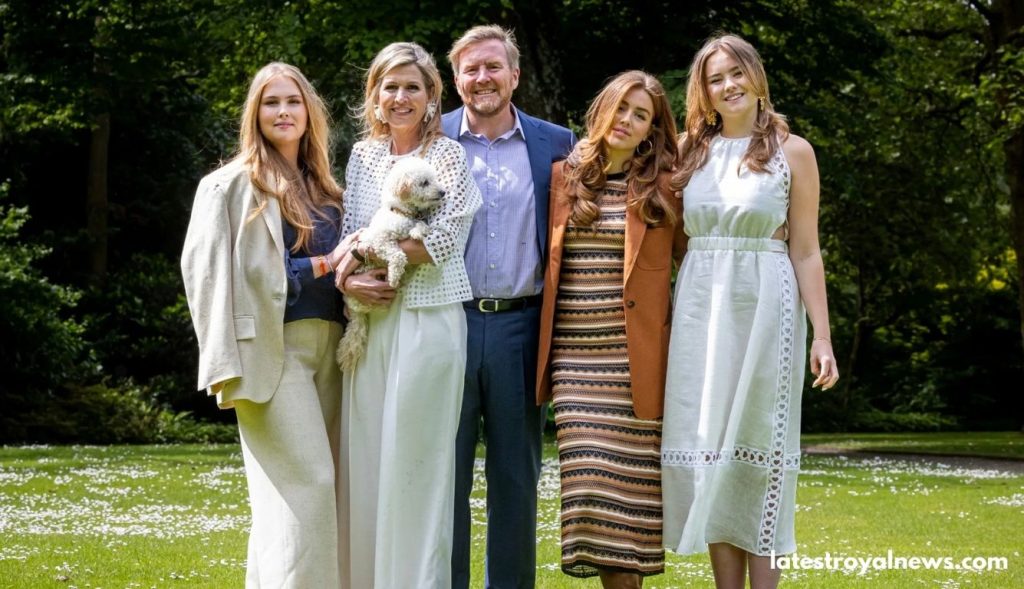
The Cost of the Dutch Monarchy
The Dutch royal family, consisting of King Willem-Alexander, Queen Máxima, and their children, received €44.4 million ($49.2 million) in funding for 2020. This money is used to cover all costs associated with the monarchy, including staff salaries, official duties, and palace upkeep. King Willem-Alexander’s allowance for his official duties amounted to €5.9 million ($6.5 million).
The Full-Time Royals in the Netherlands
In addition to the King and Queen, several members of the royal family, including the King’s brother Prince Constantijn, his aunt Princess Margriet, and the former Queen Beatrix, are also full-time royals. Despite the significant number of royals involved, many members of the family have professional careers outside the royal household. For instance, Princess Margriet’s husband, Pieter van Vollenhoven, works as a legal expert.
Norway’s Royal Family
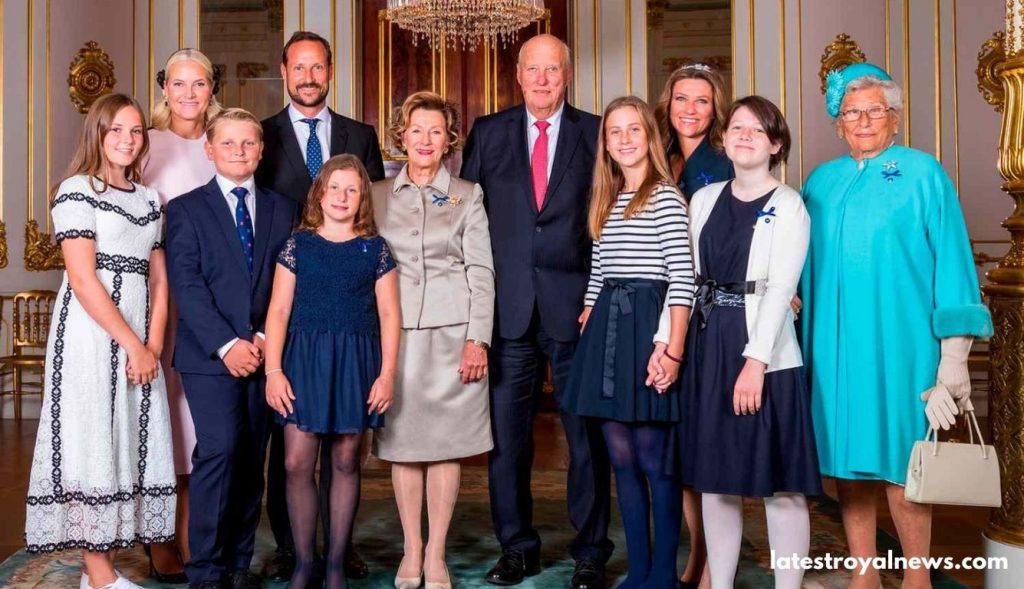
Funding and Full-Time Royals
The Norwegian royal family has a budget of 433.9 million Norwegian crowns ($48.7 million), which covers the official duties of King Harald V, Queen Sonja, Crown Prince Haakon, Crown Princess Mette-Marit, and Princess Astrid, among others. Crown Princess Mette-Marit and Crown Prince Haakon, in particular, carry out a substantial number of royal duties, while Princess Astrid, the King’s sister, receives an honorary pension for her past service.
The Role of Princess Martha Louise
Princess Martha Louise, Crown Prince Haakon’s sister, has recently made headlines for announcing that she would stop using her royal title in her private life. She continues to perform some royal duties but also works on various personal projects, such as writing books and maintaining a YouTube channel focused on horses.
The Belgian Royal Family

Financial Overview
Belgium’s royal family operates on an annual budget of $14.6 million, with the majority of this funding (about $12.9 million) directed toward King Philippe’s official duties, including staff, travel, and the maintenance of the Royal Palace in Brussels. King Philippe, his wife, Queen Mathilde, and their children receive a significant portion of the funding to maintain the monarchy’s visibility and responsibilities.
Expenses and Salaries
In addition to the royal family’s budget, individual family members, including Princess Astrid and Prince Laurent, receive annual salaries for their official duties. For instance, Princess Astrid receives $356,080 annually, and Prince Laurent receives $341,614. However, the Belgian royal family is increasingly subject to scrutiny, particularly regarding the use of taxpayer money for maintaining lavish estates and a sizable staff.
You may also like:
The Enduring Influence and Vast Wealth of the World’s Remaining Monarchies
Royal Family Member Injured Ahead of Pre-Christmas Lunch at Buckingham Palace
The Danish Royal Family
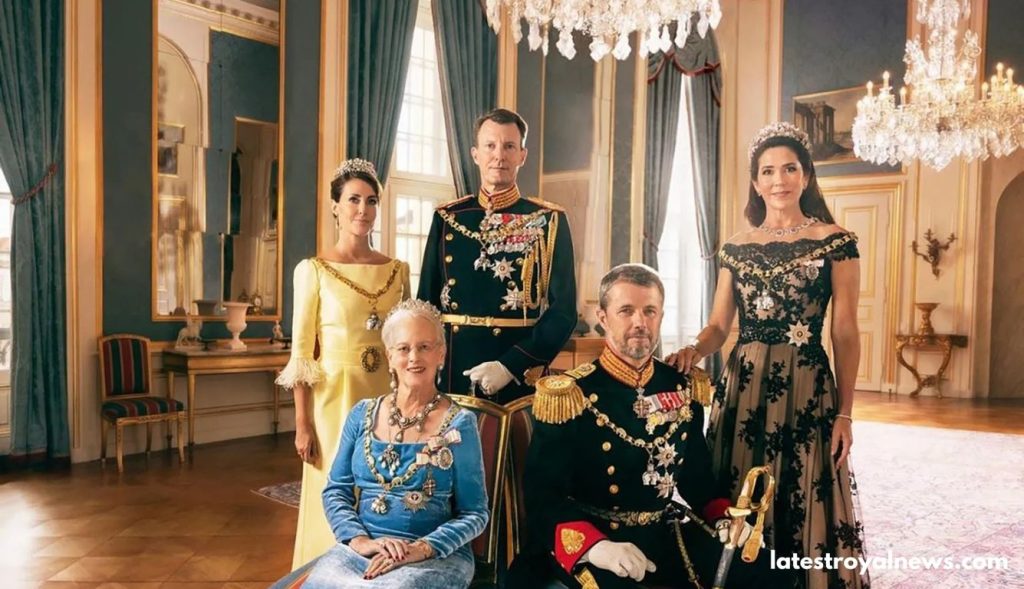
Annual Budget and Funding Structure
In Denmark, the royal family received $12.2 million in funding in 2018, which covers all expenses related to the royal household, including the maintenance of royal residences. Queen Margrethe II, Crown Prince Frederik, Crown Princess Mary, and their children are all full-time royals, and they perform a significant number of public duties on behalf of the nation.
Focus on Simplicity
Despite their royal status, Denmark’s royals are known for maintaining a down-to-earth image. The children of the Danish royal family attend regular schools, and the family often engages in public activities like cycling or shopping, demonstrating a modern approach to royalty.
Luxembourg’s Royal Family
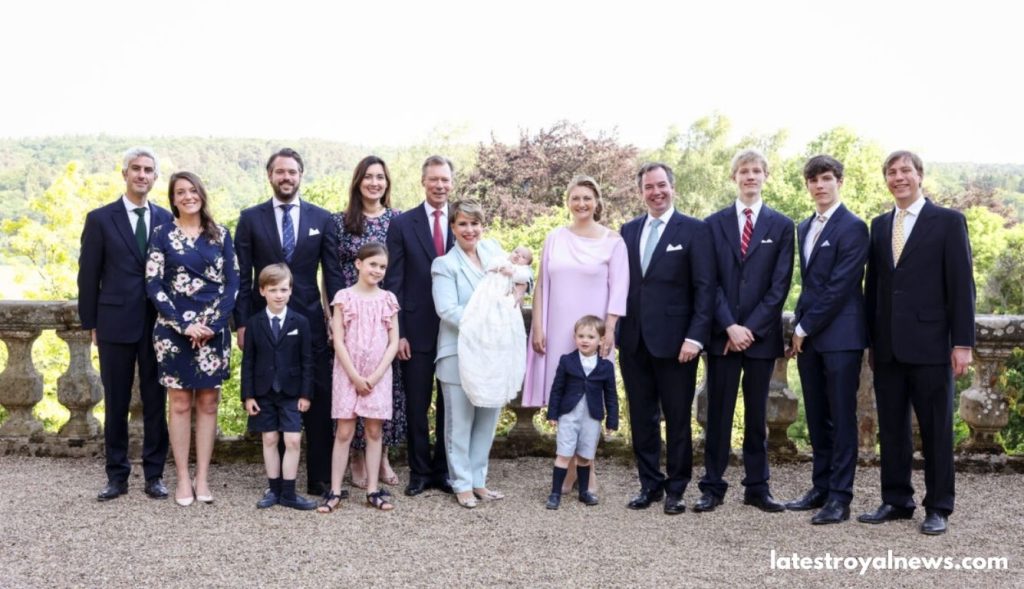
The Grand Duke’s Role and Expenses
Luxembourg’s royal family is relatively small but still requires significant funding to maintain its operations. In 2019, the Grand Duchy allocated $11.8 million for the royal family’s expenses, including a personal allowance for the Grand Duke Henri of $312,000. The funds are used to cover administrative costs and the royal family’s official duties.
Members and Their Duties
The full-time royals in Luxembourg include Grand Duke Henri, Grand Duchess Marie Teresa, and their son Prince Guillaume, who is the heir to the throne. Unlike other royal families, the Luxembourg royal family does not have a large number of working royals, and the rest of the family members support themselves outside of the monarchy.
Sweden’s Royal Family
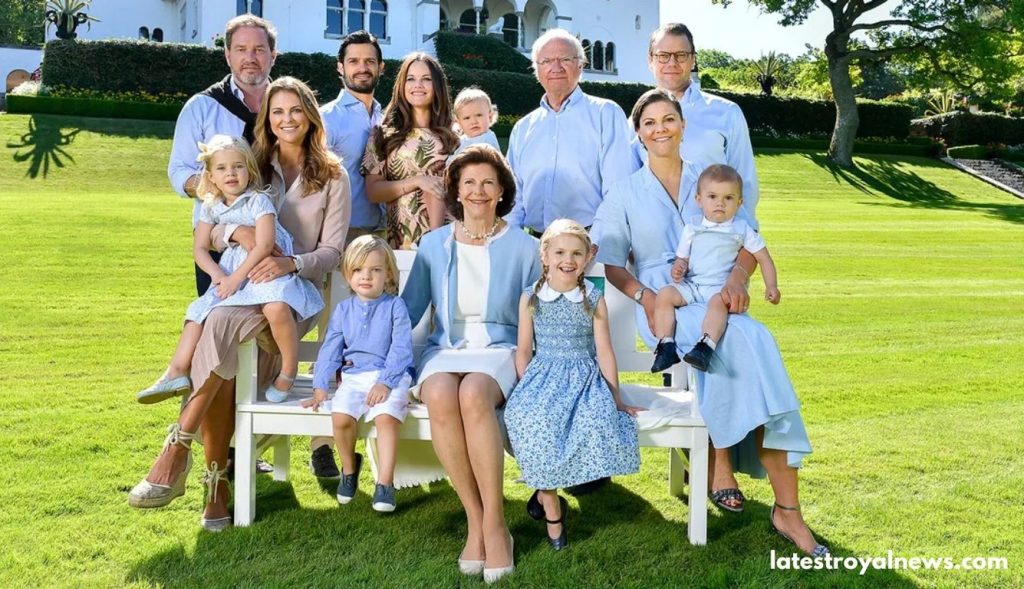
Annual Funding and Responsibilities
The Swedish royal family received 71 million Swedish crowns ($7.5 million) in 2019, covering the King’s official duties, travel, staff salaries, and maintenance of the Royal Stables. King Carl XVI Gustaf, Queen Silvia, Crown Princess Victoria, and her family are all considered full-time royals, performing numerous public engagements on behalf of the country.
Recent Changes to Royal Status
In recent years, Swedish royals have undergone some changes. The children of Crown Princess Victoria, for instance, retained their royal titles, while other royal relatives, such as Prince Carl and Princess Sophia, have seen their children’s titles removed to allow for more freedom in private life.
The Spanish Royal Family
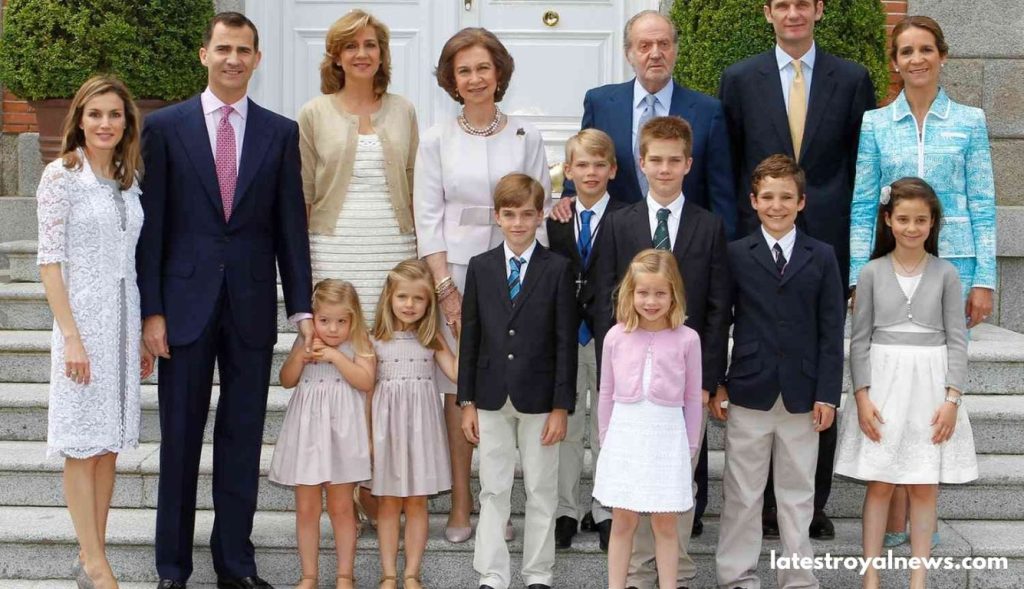
Spain’s Budget Allocation
Spain’s royal family, led by King Felipe and Queen Letizia, received €7.9 million ($8.8 million) from the Spanish budget in 2018 to cover their official duties, including staff and royal palace maintenance. King Felipe’s parents, King Juan Carlos and Queen Sofia, continue to be involved in public life despite their retirement.
A Smaller Royal Household
Spain’s royal family is relatively small, consisting of only King Felipe, Queen Letizia, and their daughters, the Infanta Leonor and Infanta Sofia. Unlike many other European monarchies, the Spanish royal family has been subject to significant public scrutiny, particularly surrounding the King’s father’s controversial actions, leading to a smaller and more focused royal household.
Liechtenstein’s Royal Family
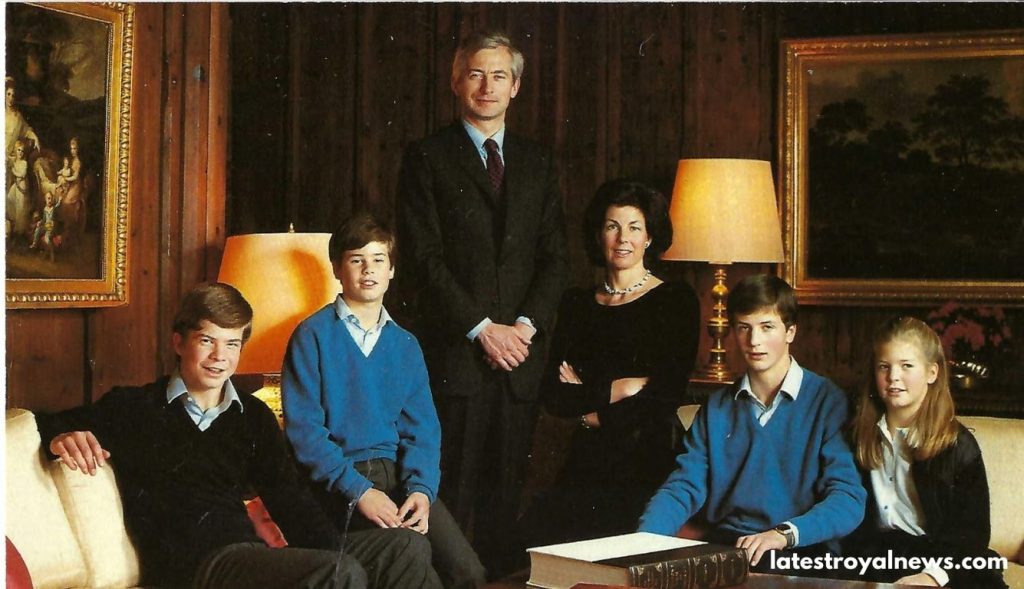
Financial Independence
Unlike all other European royal families, the Princely House of Liechtenstein does not receive any taxpayer funding. The family is one of the wealthiest in Europe, with significant property holdings and a privately owned bank. Despite their wealth, only four members of the family are considered full-time royals: Prince Hans-Adam II, his wife Princess Marie-Aglaé, their son Prince Alois, and his wife Princess Sophie.
Political Influence and Wealth
Liechtenstein’s royal family is involved in the country’s politics. Prince Hans-Adam II has the authority to propose legislation, grant pardons, and appoint judges. Despite the absence of public funding, the family’s substantial wealth and political power allow them to maintain their prestigious status.
Frequently Asked Questions
Which European royal family is the most expensive to maintain?
The British royal family is among the most expensive, with the Sovereign Grant amounting to £82.2 million in 2018-19.
Do all European royal families receive public funding?
No, the Princely House of Liechtenstein does not receive taxpayer money and funds its expenses privately.
How is royal funding typically distributed?
Funding varies by country, with some monarchies receiving lump sums while others allocate funds for specific purposes like official duties, staff, and palace maintenance.
Do all royal family members work full-time for the crown?
No, many monarchies have downsized, and several members now work outside the royal family while performing limited duties.
How much public funding does the Spanish royal family receive?
The Spanish royal family received €7.9 million ($8.8 million) from the state budget in 2018.
Why does Liechtenstein’s royal family not receive public funding?
Liechtenstein’s royal family is self-sufficient, relying on their significant private wealth, including real estate and a family-owned bank.
Are children of royals automatically considered full-time royals?
Not always; some countries, like Sweden, have removed royal status from certain royal children to give them more freedom.
Do European royals pay taxes?
In some cases, yes. For example, members of the British royal family voluntarily pay taxes on certain income.
Conclusion
The cost of European royal families is a complex topic that varies greatly from country to country. While some royals continue to be fully funded by taxpayers, others have adapted to the changing financial landscape by working outside their royal duties. The financial burden of maintaining these monarchies is a reflection of both tradition and modernity, with each family managing its responsibilities and expenses in ways that align with national traditions and laws. Despite downsizing in many cases, the allure and prestige of royalty remain an integral part of European history and culture.


